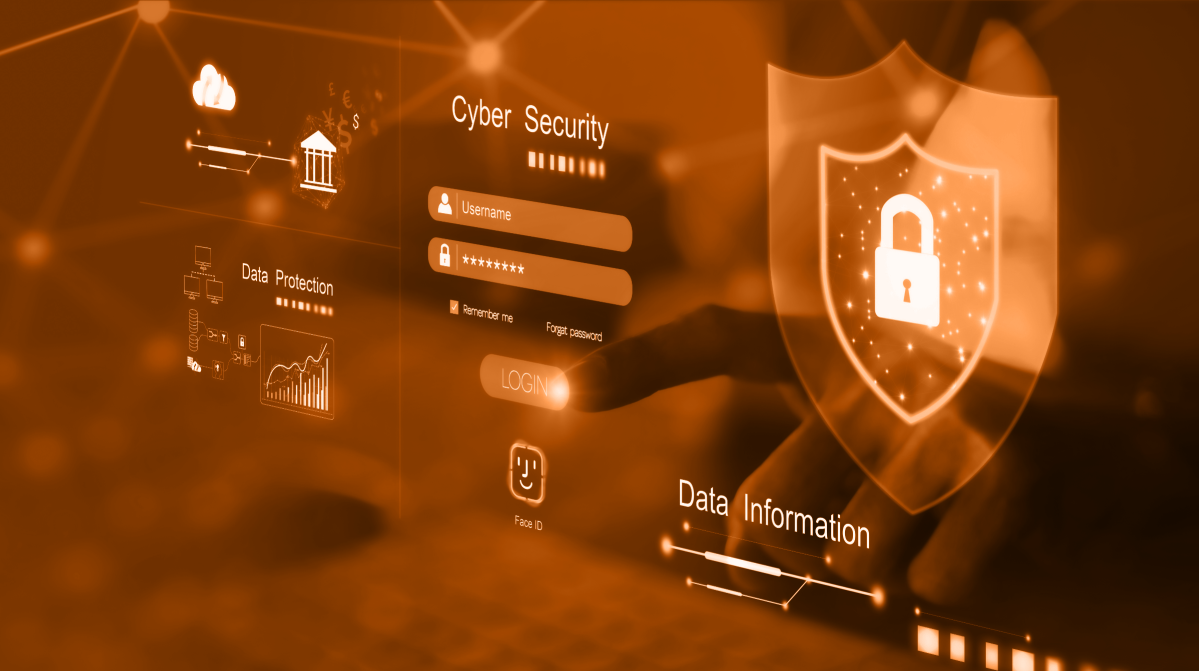
Imagine a world of continuous digital threats. Here, every click or swipe might be a trap. This world is not a sci-fi novel, but our reality—where phishing campaigns are an ever-present menace. Phishing is a cyber threat that does not discriminate; whether you're a multinational corporation or a local school district, you're a potential target. The importance of understanding phishing lies in its profound impact on our digital security. The good news? With the right knowledge and tools, it's preventable.
Picture this: An email pops up in your inbox, seemingly from your bank, urging you to update your credentials or risk having your account suspended. The email looks genuine. It even has your bank's logo. But here's the catch, it's not from your bank. It's a trap set up by a cybercriminal, disguised as a legitimate entity. The aim? To trick you into revealing your personal information. This, in essence, is phishing—a type of cybercrime where attackers masquerade as trustworthy entities to steal your sensitive data.
To avoid these cunning traps, we must arm ourselves with the most potent weapon—knowledge. Regular training sessions and workshops can help employees learn about the latest phishing techniques. For example, interactive training programs that simulate real-life phishing scenarios can make the learning process engaging and practical. When your staff can discern a genuine email from a phishing attempt, they transform from potential victims into sentinels of your digital security.
The battle against phishing doesn't end with education; it extends into your systems—your software and hardware. Picture your organisation's network as a fortress. But like any fortress, it has vulnerabilities—flaws that cybercriminals can exploit. By performing regular system updates, we're effectively mending the cracks in our digital fortress. Whether it's an operating system or an email client, every software patch is a step towards a more secure environment.
To fortify your defences further, consider setting up advanced email filters and security software. Picture them as diligent guards, scrutinizing every email that attempts to enter your digital domain. Modern security software can even analyse links and attachments in real-time, identifying potential threats before they cause harm. In essence, it's your round-the-clock digital guardian, ensuring nothing malicious gets through.
Despite our best efforts, sometimes phishing emails slip through the cracks. Here's where Multi-Factor Authentication (MFA) comes in—our safety net. Think of MFA as a multi-layered security system. Even if a phishing attempt gets hold of your password, they'd need the second verification factor—perhaps a fingerprint or a temporary code sent to your phone—to gain access. It's like having a secondary lock that only you have the key to.
Even the most fortified fortresses can be breached. When that happens, it's vital to have a plan of action—an incident response plan. This plan should be a comprehensive playbook, detailing how to detect the breach, isolate the affected systems, and neutralise the threat. Running regular drills based on this plan can ensure everyone knows their role when the alarm bell rings. After all, a swift, decisive response can make a difference in limiting the damage and swiftly restoring normalcy.
As we traverse this narrative of phishing and its defences, we realise that the war against these digital predators is continuous. But, armed with knowledge, secure systems, vigilant software, MFA, and a solid plan, we're not just targets—we're formidable opponents. In this digital arena, being alert, and staying prepared is the key to avoiding the bait and standing strong against the tide of phishing attacks.


